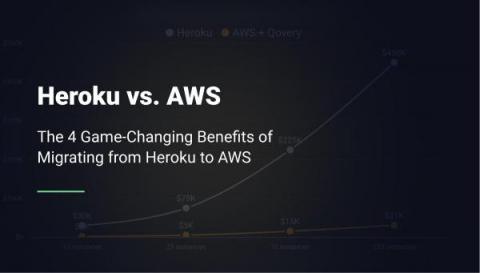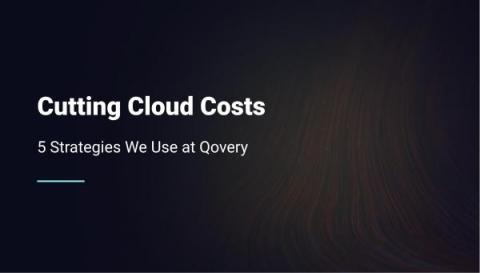The 4 Game-Changing Benefits of Migrating from Heroku to AWS
Hi there! If you're in the tech world, you've probably heard about the trend of companies moving from Heroku to AWS. At Qovery, we've seen an increasing demand from companies looking to make this move. And for good reasons! Here are the top 4 reasons why companies are choosing AWS over Heroku.











